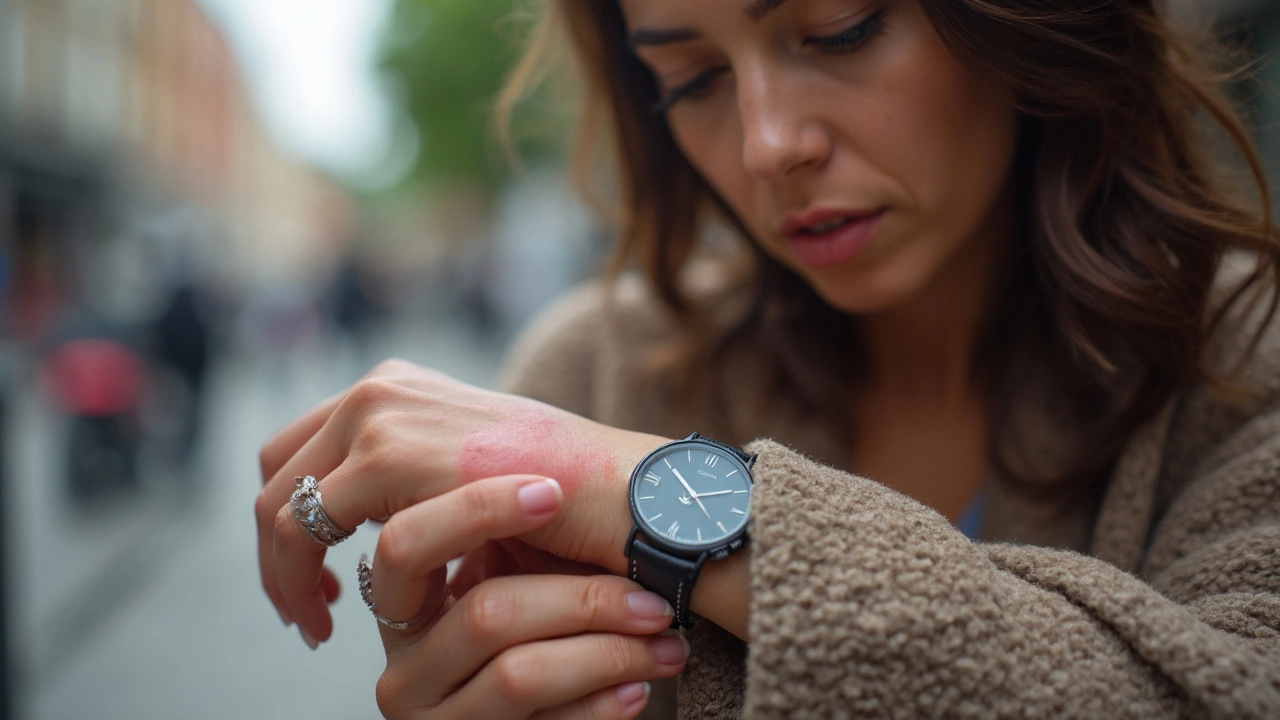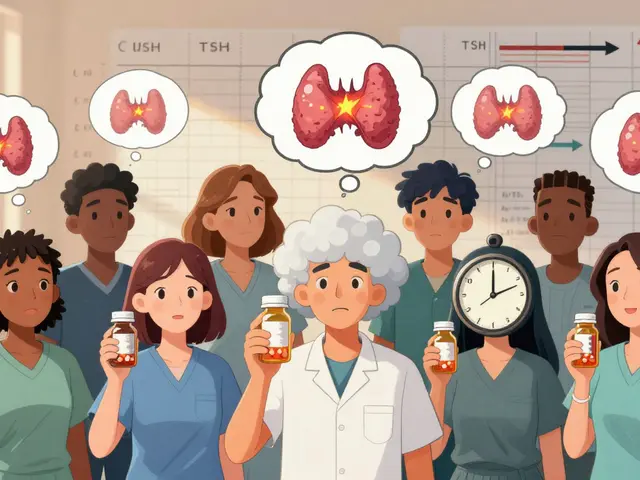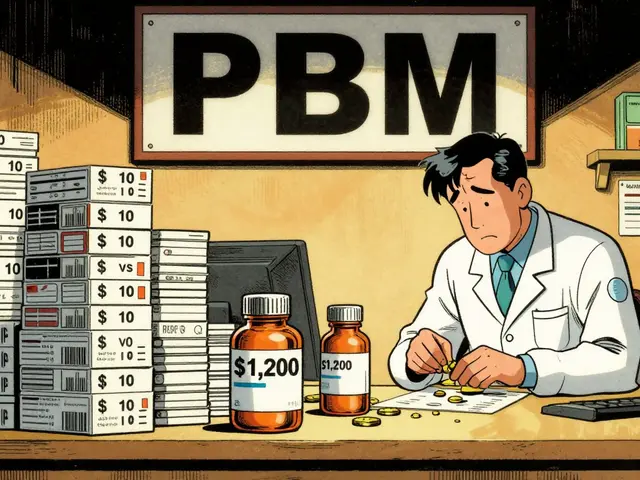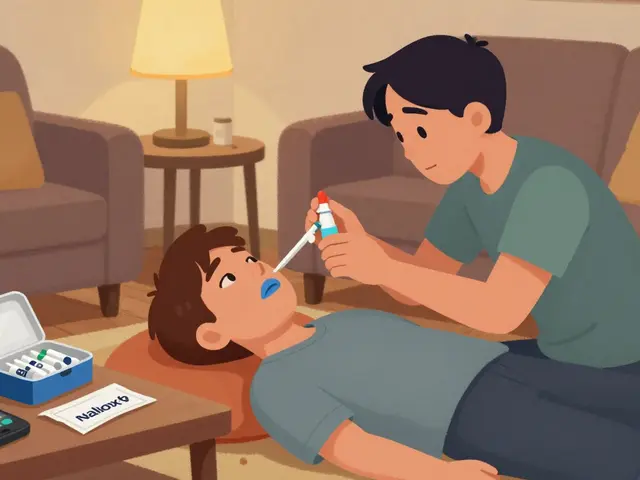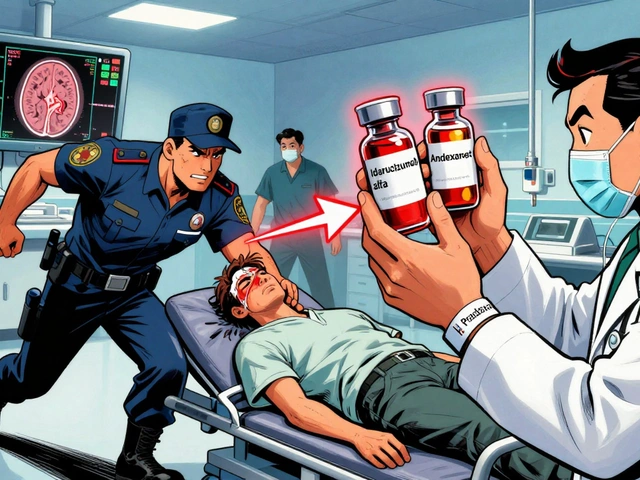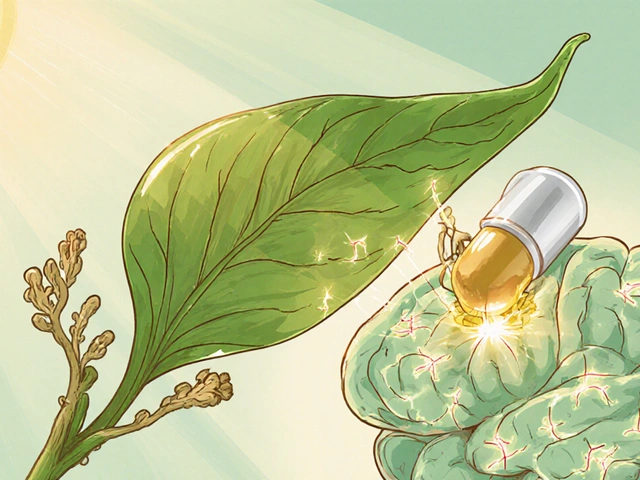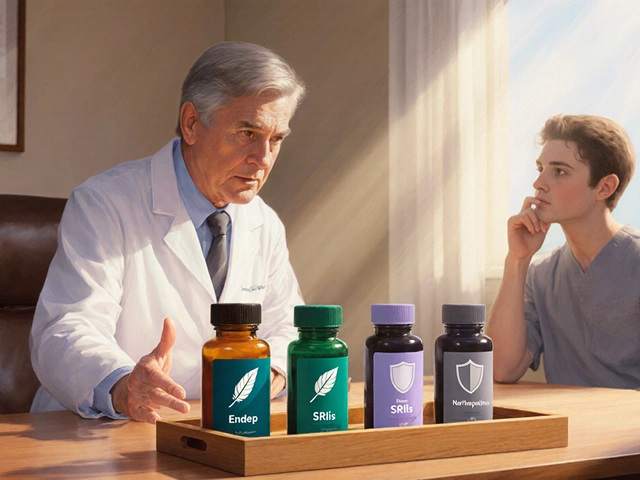Skin Rash: What Causes It and How to Soothe It Fast
If you’ve ever woken up with red patches or itchy bumps, you know how annoying a skin rash can be. The good news is most rashes aren’t serious and can be handled at home. Below we break down the common triggers, tell you what to look for, and share quick relief tricks.
Common Causes of Skin Rash
Rashes pop up for many reasons. Here are the top culprits:
- Allergies – Contact dermatitis from soaps, detergents, or certain fabrics.
- Irritants – Heat, sweat, or friction from tight clothing.
- Infections – Fungal (like athlete’s foot), bacterial (impetigo) or viral (shingles).
- Medical conditions – Eczema, psoriasis, or lupus can flare up with rash.
If you notice a new product or activity just before the rash appears, that’s a strong hint it’s an allergy or irritant.
Spotting Symptoms That Matter
A rash isn’t just red skin. Pay attention to these details:
- Shape – Round spots may point to insect bites; spreading patches could be fungal.
- Texture – Swollen, bumpy (urticaria) often means an allergic reaction.
- Pain level – Mild itch is common; throbbing pain or swelling might need a doctor.
- Other signs – Fever, joint aches, or blisters suggest infection.
When any of these red flags appear, call your health provider right away.
Quick Home Remedies to Calm the Itch
You don’t always need a prescription. Try these simple steps first:
- Cool compress – A damp washcloth on the rash for 10‑15 minutes reduces heat and itching.
- Gentle cleanser – Use fragrance‑free soap; avoid scrubbing.
- Moisturize – Apply a plain, hypoallergenic lotion after bathing to lock in moisture.
- Oatmeal bath – Add colloidal oatmeal to lukewarm water for soothing relief.
- Over‑the‑counter hydrocortisone – A 1% cream can calm mild inflammation, but limit use to a few days.
If the rash spreads quickly or you develop a fever, stop the DIY route and seek medical help.
When to See a Doctor
Most rashes improve with home care, but certain signs demand professional attention:
- Rash covering large areas of the body.
- Painful blisters or pus‑filled bumps.
- Persistent fever or chills.
- Rash after a new medication (possible drug reaction).
Your doctor can run tests, prescribe stronger creams, or give oral meds if needed.
Bottom line: identify what started the rash, treat mild cases at home with cool compresses and gentle skin care, and don’t hesitate to get professional help when red flags appear. With these steps you’ll keep your skin calm and avoid unnecessary trips to the clinic.

